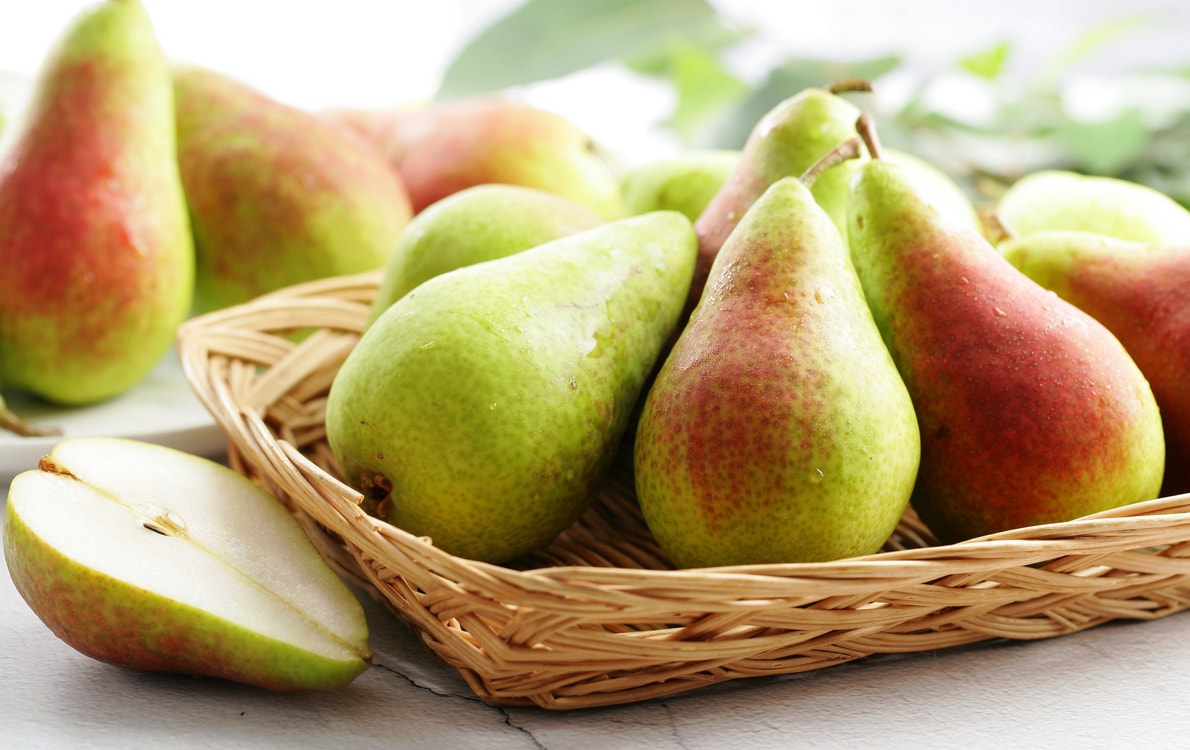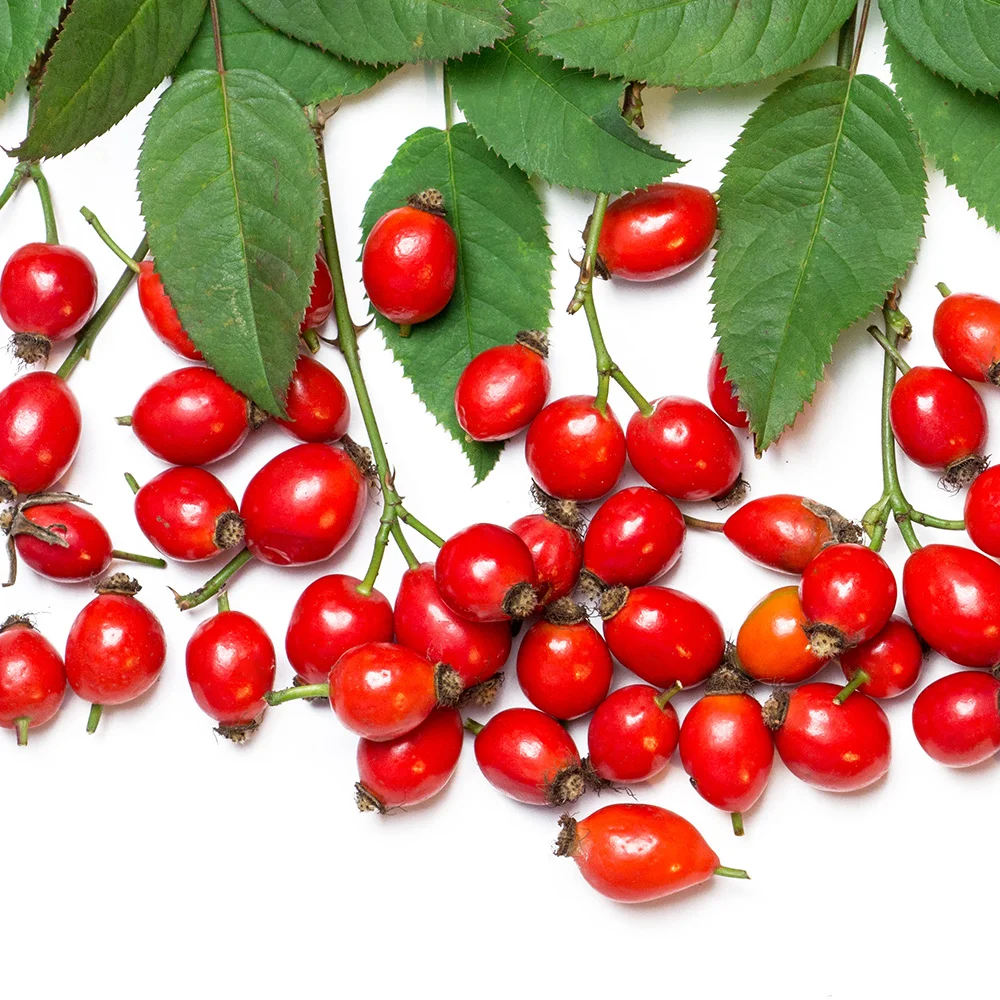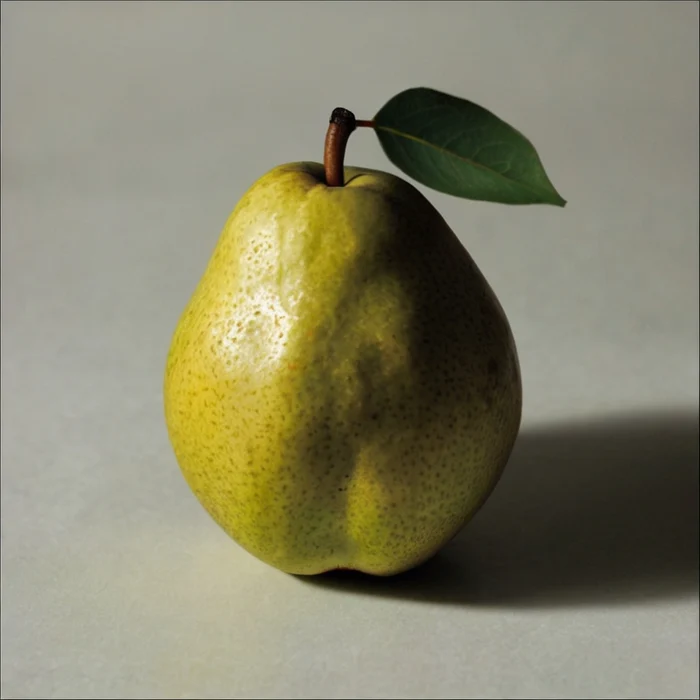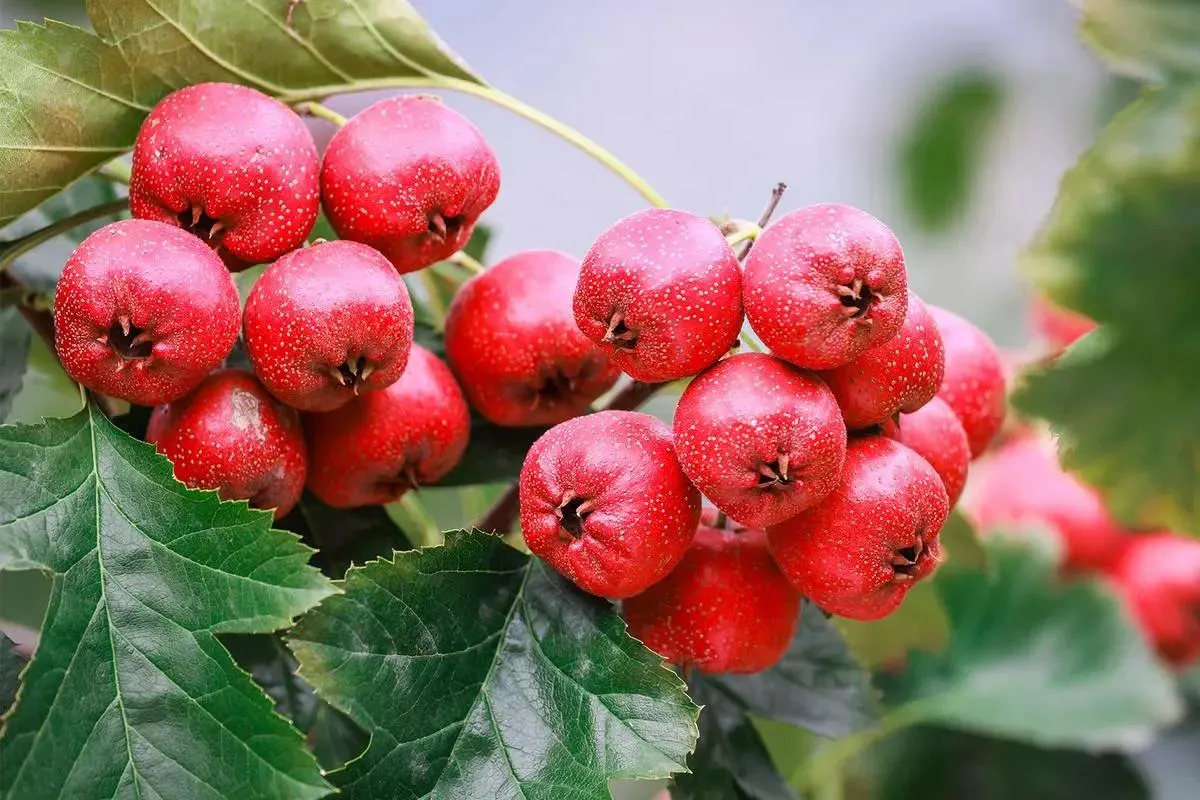The European Pear (Pyrus communis)
The European pear (Pyrus communis), belonging to the Rosaceae family within the Pyrus genus, stands out as a significant fruit tree in temperate regions due to its fine-textured flesh and distinctive flavor.
Fruit Characteristics:
European pears are pomes that develop from both the floral receptacle and ovary. They come in various shapes such as long-necked gourd-like forms or oval forms. Fruit size and weight vary by variety. When ripe, their skin can be green, yellow, red, or a mix of these colors; some have russeting. Their flesh is smooth and tender with abundant juice; they are sweet-tasting with a unique fragrance.
Variety Diversity:
European pears boast numerous cultivated varieties, each offering unique ripening periods, flavors, and appearances. Notable varieties include:
- Bartlett/Williams: A popular summer pear turning yellow when ripe; its flesh is soft, juicy with a strong aroma.
- Bosc: Ripens in autumn; features long-necked fruits with yellow-brown skins; firm flesh with rich flavor.
- Concorde: Developed in Britain; elongated fruits with green skins; delicate taste with moderate sweetness.
- Anjou: Autumn-ripening variety; oval-shaped fruits; green skins turning slightly yellow when ripe; tender flesh with mild flavor.
- Red Anjou: Red variant of Anjou pear; attractive appearance, similar taste to Anjou.
Nutritional Value & Potential Benefits:
European pears are nutritionally rich, containing carbohydrates (mainly fructose & glucose), dietary fiber, vitamins (Vitamin C & K), and minerals (potassium). They also contain phytochemicals like phenolic compounds.
Studies suggest that eating pears aids digestion and may benefit cardiovascular health.
Distribution & Cultivation:
European pears are mainly found in temperate regions, being key fruit trees across Europe, North America, and parts of Asia, thriving best under mild climates, ample sunlight, and well-drained soils.



